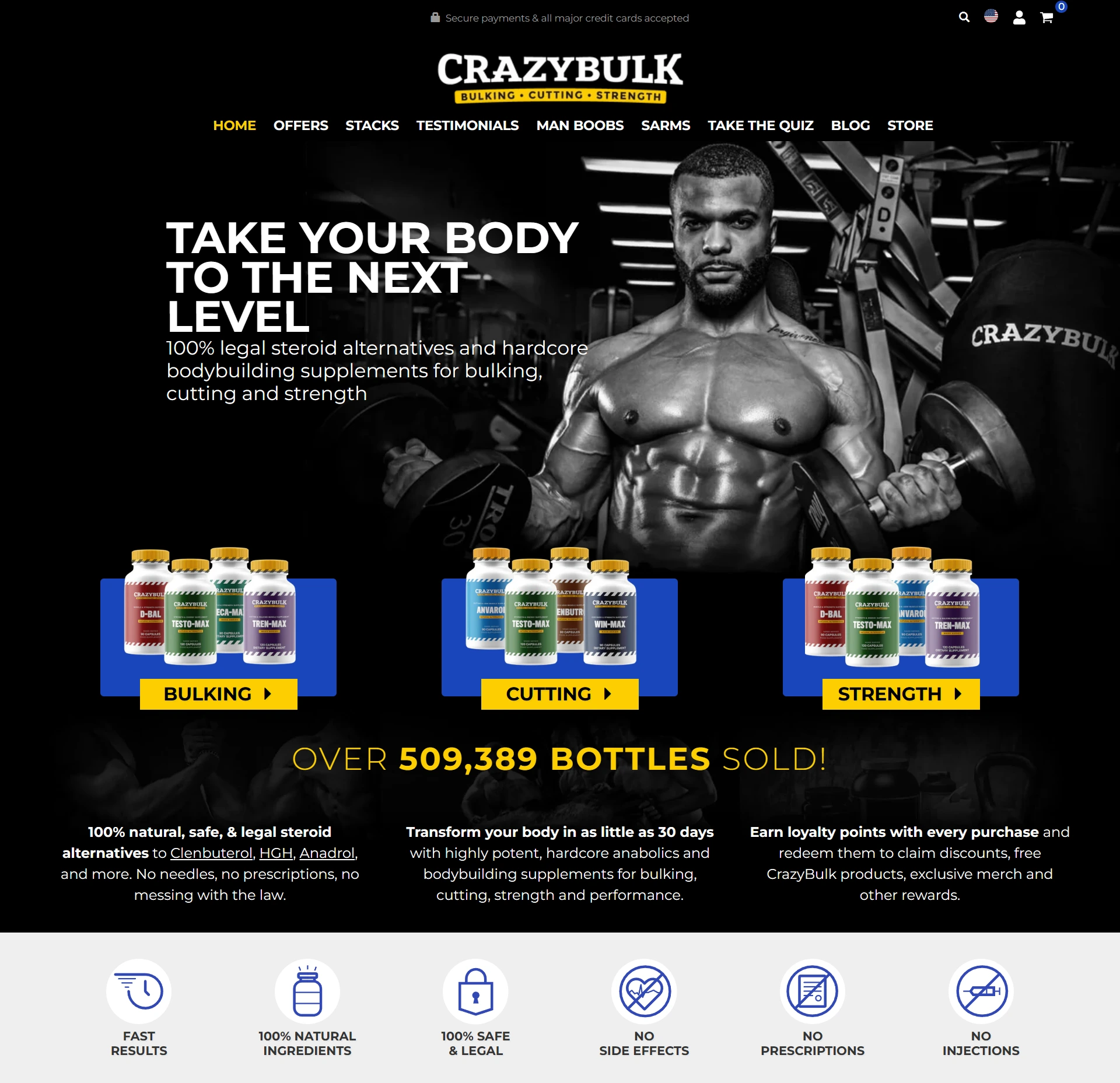
is higher testosterone good
FollowOverview
-
Founded Date February 16, 1904
-
Sectors Restaurant
-
Posted Jobs 0
-
Viewed 566
Company Description
Effects of Acute vs Chronic Exercise on Testosterone Levels

Does Working Out Increase Testosterone?
Although females have lower testosterone levels than males, testosterone plays a crucial role in maintaining bone metabolism, cognition, and sexual function. Testosterone levels in healthy adult males and females differ significantly. Adult males typically produce approximately ten times more testosterone than females45. This hormonal disparity plays a key role in the distinct physiological characteristics observed between the sexes, particularly in terms of muscle mass, strength, and metabolic functions46. As we briefly mentioned above, the two best types of exercise for increasing testosterone levels are resistance training (weight-lifting) and HIIT. Resistance training (strength and weight training) causes an increase in serum testosterone concentrations. Increasing your testosterone levels can help improve your strength, energy, and endurance.
Around the age of 30, men’s T levels start to drop by about one percent per year (1). A dip in energy, low sex drive, and unexpected weight gain are just a few of the signs you might be running low. People with less body fat tend to have more testosterone, at rest and after exercise4. On the other hand, being obese can lower testosterone after working out4.
Some help the body increase its production of T, while others help slow down the rate that testosterone is broken down. Some signs of overtraining include excessive soreness, trouble recovering from workouts, difficulty sleeping, and declines in strength or performance. The medical name for low testosterone production is male hypogonadism, which is divided into two categories.
This allowed researchers to establish the normal hormonal ranges for the participants and monitor any deviations from these baseline levels38. Studies have also found that high intensity and greater volume in weight lifting will help increase testosterone levels. And speaking of high intensity, another way that working out can testosterone cause testicular cancer increase testosterone is through high-intensity interval training (HIIT), although this only works for men. Several studies have confirmed that exercise, particularly resistance or high-intensity training, can increase testosterone levels. This is a normal part of aging, and it typically starts around the age of 30.
Nope, it’s all about making exercise a regular habit, a non-negotiable part of your routine. Research suggests that to see a significant increase in testosterone levels, men should aim for at least minutes of moderate to high intensity exercise most days of the week. Workouts that engage large muscle groups and are sufficiently challenging tend to provide the biggest boost to testosterone. In summary, exercise has different effects on testosterone levels. Acute exercise, like moderate-intensity workouts, raises testosterone right away.
This type of exercise stimulates the muscles and triggers the production of testosterone. In fact, studies have shown that resistance training can increase testosterone levels by up to 40%. The combination of lower fitness, muscle mass, and strength levels reduces independence and quality of life into older age.
While exercise can help to boost T, it’s just one piece of the puzzle. There are many other ways to naturally boost testosterone like eating more protein, minimizing stress, and getting more sleep. However, when you workout too much, it can lead to an increase in cortisol levels (your body’s stress hormone) and a decrease in testosterone (15, 20). If you’re after easier ways to boost T, a recent study found that increasing your step count might make a difference. Studies have shown the more muscle worked during your workout, the greater your testosterone response after your workout (6). The effect of endurance exercise on testosterone is not always the same. The exact effect of endurance exercise on testosterone can depend on things like how hard and long you exercise, and your fitness level and body type.
Younger people usually see bigger testosterone boosts from working out. So, older folks might not get the same hormone benefits from exercise. Age, body type, and how long you’ve been training also affect testosterone from exercise9. Knowing these things helps you make your workouts better for testosterone and overall health. Studies show that moderate-intensity resistance exercise boosts testosterone right away. The type, amount, and rest between sets also play a role in how testosterone changes5.
Research shows that total testosterone levels spike immediately after heavy strength training and tend to fall back to “baseline” (their starting point) or slightly below within 30 minutes. As the primary androgen (male sex hormone), men naturally have higher testosterone levels than women. Consistently exercising and performing high-intensity workouts will lead to increased lean muscle mass and fat loss, which lead to higher testosterone levels. High cortisol levels can lead to muscle breakdown, fat gain, and a decrease in libido – none of which are good for testosterone. Managing stress through mindfulness, relaxation techniques, and regular exercise can help keep cortisol in check and let your testosterone levels stay in their optimal range.
